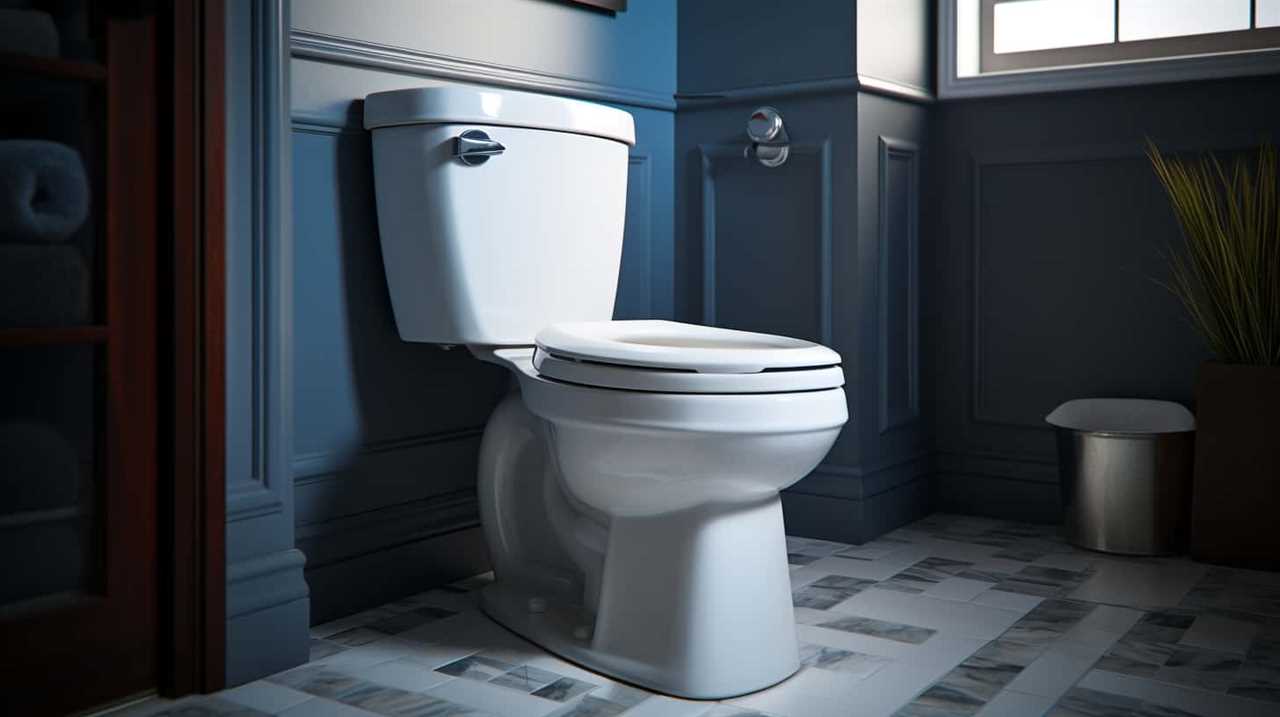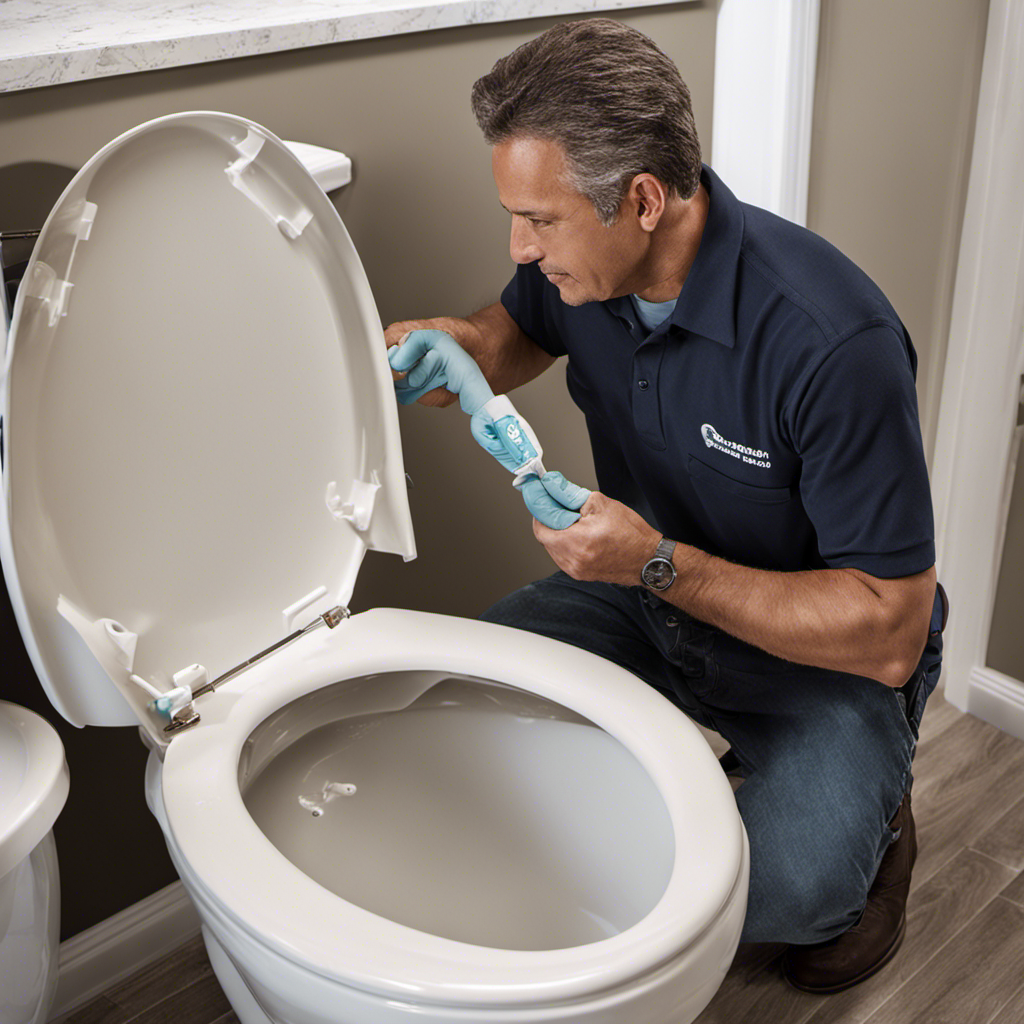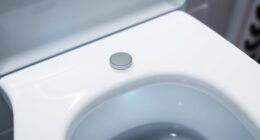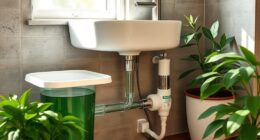- Proper disposal of waste on boats
- Importance of regular maintenance for boat toilets
- Common causes of boat toilet blockages
- How to maintain and prevent boat toilet blockages
Fed up with a blocked marine toilet? Worry not, we have the solution for you.
In this article, we’ll show you how to unblock a boat toilet using simple tools and techniques. From plungers to toilet augers, we’ll guide you step by step through the process.
No need to panic – with our expert advice, you’ll soon be back to smooth sailing.
So, let’s dive in and master the art of unblocking boat toilets!
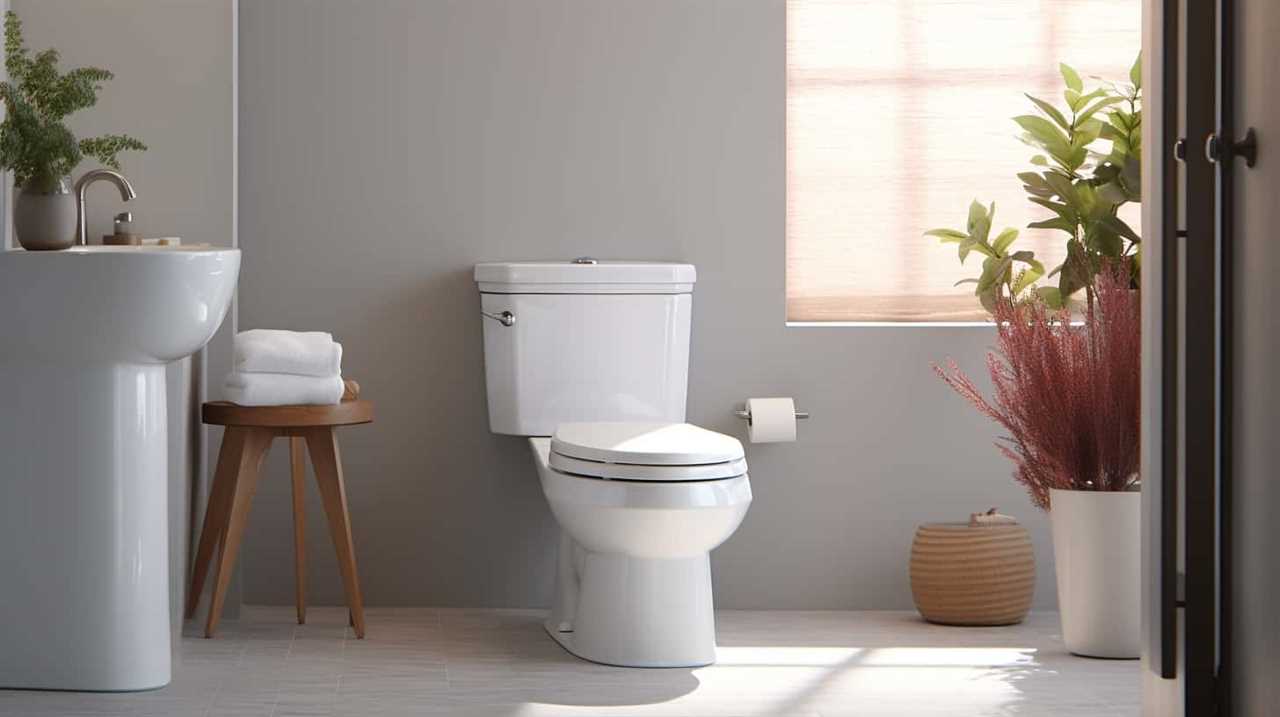
Key Takeaways
- Gather necessary tools: plunger with a flange, rubber gloves, plumbing snake or auger, bucket, wrench
- Try unclogging methods: using a plunger, toilet auger or alternative methods like boiling water, vinegar and baking soda, enzyme-based cleaner, or manual disassembly
- Consider additional unclogging methods and prevention measures: using a toilet snake, hot water and dish soap, wet/dry vacuum, removing and cleaning the toilet trap, and checking the vent pipe
- Seek professional assistance if all else fails: double-check valves and connections, avoid overfilled holding tank, and call a marine plumber or technician for specialized help.
Gather Necessary Tools
First, we gather the necessary tools, such as a plunger and rubber gloves, to unblock a boat toilet. These tools are essential for tackling common causes of boat toilet blockages.
A plunger is a versatile tool that creates pressure to dislodge any blockages in the toilet pipes. It’s important to choose a plunger with a flange, as it provides a better seal and more effective suction.
Rubber gloves are crucial for protecting your hands from any potential mess and ensuring hygiene throughout the process.
Additionally, having a plumbing snake or auger can be useful for reaching deeper blockages.
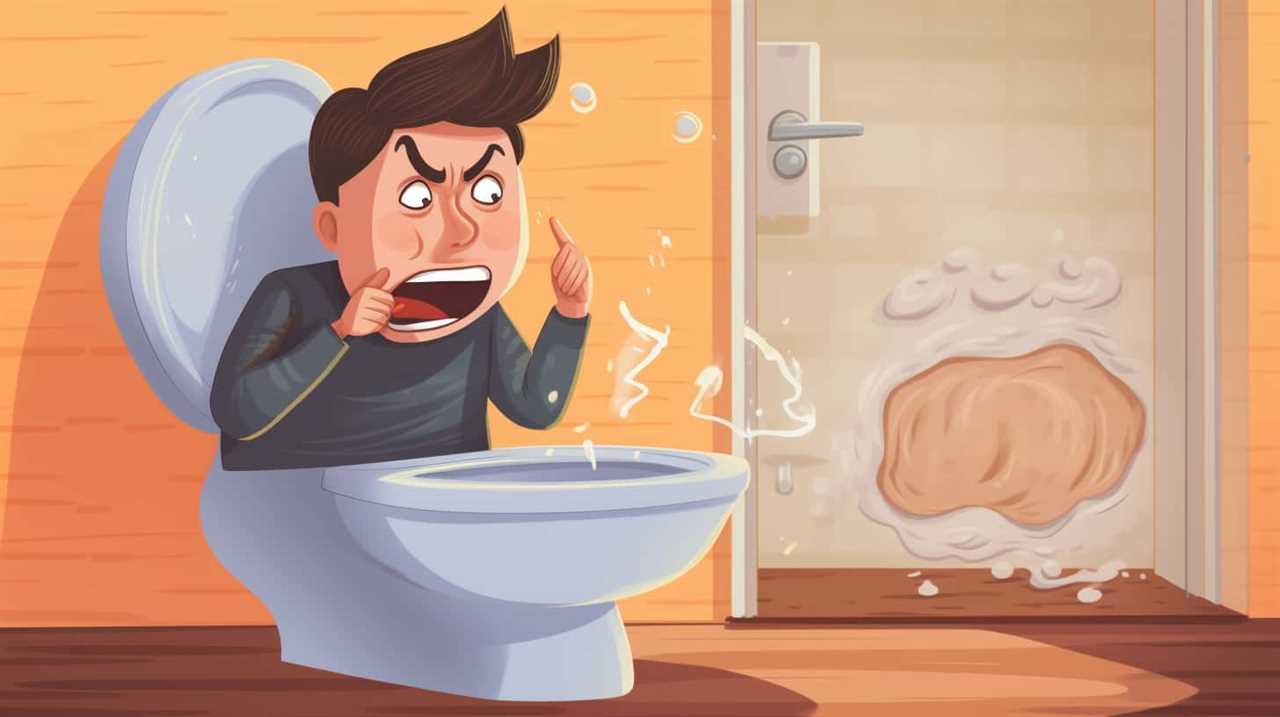
Turn off Water Supply
To continue unblocking a boat toilet, we need to turn off the water supply to the toilet system. This is an essential step to prevent any further water flow and potential mess.
Before proceeding, gather the necessary tools: a pair of pliers and a towel or rag.
Locate the water shut-off valve, typically situated near the toilet or in the engine compartment. Turn the valve clockwise to shut off the water supply. Ensure it’s fully closed to avoid any leakage.
Once the water supply is turned off, you can proceed with the next steps to unblock the toilet.
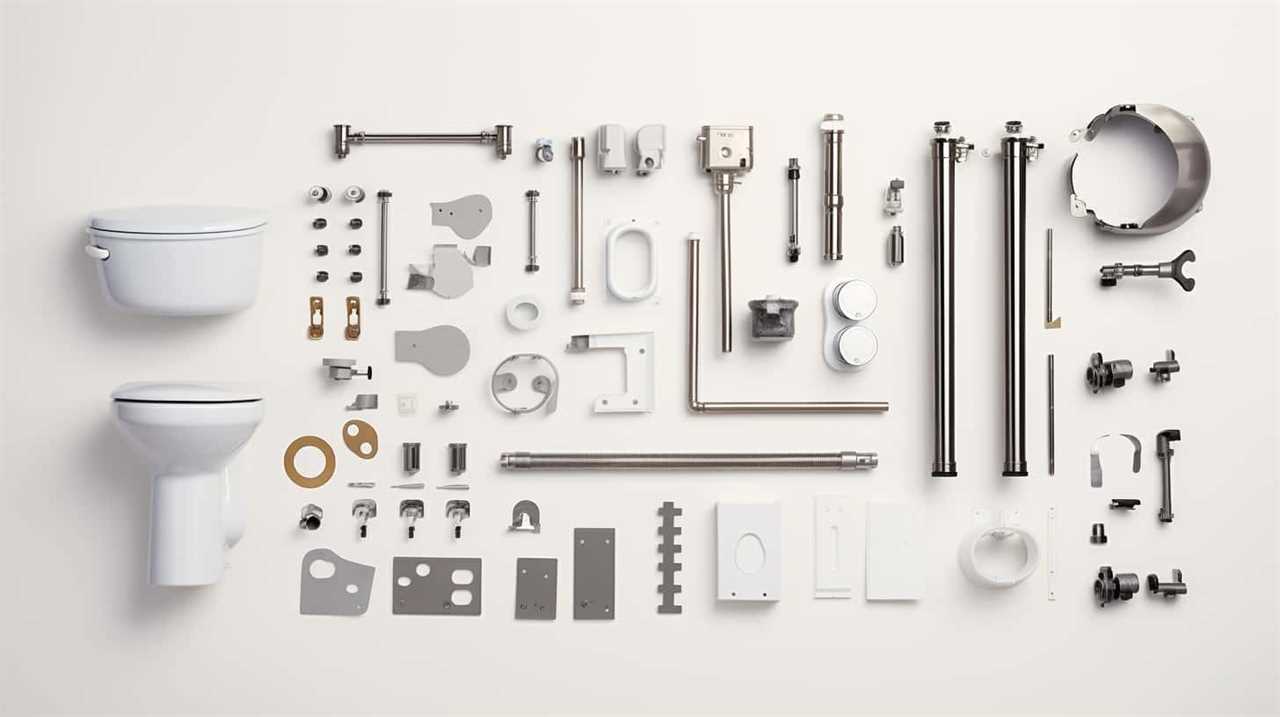
Wear Protective Gloves
We recommend wearing gloves to ensure proper hygiene and protection during the process of unblocking a boat toilet. This is important because boat toilets handle waste, which can contain harmful bacteria and pathogens. By wearing protective gloves, you can prevent direct contact with the waste and minimize the risk of contamination.
Additionally, gloves provide a barrier between your skin and any chemicals or cleaning agents that may be used during the unblocking process. Proper disposal of waste on boats is crucial for maintaining a clean and environmentally friendly environment. Regular maintenance for boat toilets is also essential to prevent blockages and ensure their smooth operation.
Now, let’s move on to the next step: using a plunger to address the blockage.
Use a Plunger
Now, let’s continue addressing the blockage by utilizing a plunger. When it comes to unclogging boat toilets, a plunger can be an effective tool to clear the obstruction. Here are three key points to keep in mind:

- Position the plunger: Ensure that the plunger completely covers the toilet drain. This creates a seal, allowing for optimal pressure and suction during the plunging process.
- Use forceful plunging motions: Apply firm downward pressure on the plunger, followed by quick upward movements. This action helps to dislodge the blockage and create a flow of water to clear the toilet.
- Repeat if necessary: If the blockage persists, continue plunging until the water starts to drain freely. Be patient and persistent, as some clogs may require multiple attempts to completely clear.
By following these steps, you can effectively utilize a plunger to unclog your boat toilet.
Now let’s explore some common causes of boat toilet blockages.
Try a Toilet Auger
For unblocking a boat toilet, we can try using a toilet auger. A toilet auger is a tool specifically designed to remove clogs in toilets. It consists of a long, flexible cable with a corkscrew-like end that can be inserted into the toilet bowl and rotated to break up and clear any blockages.
However, if a toilet auger is not readily available, there are alternative methods that can be used to unclog a boat toilet. These DIY boat toilet maintenance techniques include:

| Alternative Methods | Description |
|---|---|
| Boiling water | Pouring boiling water into the toilet bowl can help dissolve and remove minor clogs. |
| Vinegar and baking soda | Mixing vinegar and baking soda and pouring it into the toilet bowl can create a chemical reaction that can dislodge the blockage. |
| Enzyme-based cleaner | Using an enzyme-based cleaner can help break down organic matter and clear the clog. |
| Manual disassembly | If all else fails, the toilet may need to be disassembled manually to remove the blockage. |
Use a Chemical Drain Cleaner
To effectively unclog a boat toilet, it’s important to occasionally use a chemical drain cleaner. While there are alternative methods to unblock without chemicals, using a chemical drain cleaner can be a quick and effective solution. Here are three reasons why using a chemical drain cleaner can be beneficial:
- Dissolves blockages: Chemical drain cleaners contain powerful ingredients that can dissolve various types of blockages, including toilet paper, waste, and mineral deposits. This helps to clear the pipes and restore proper flow.
- Prevents future blockages: Chemical drain cleaners often leave a residue that can act as a protective barrier against future blockages. This can help to minimize the chances of experiencing toilet clogs in the future.
- Convenient and time-saving: Using a chemical drain cleaner is a relatively quick and easy process. Simply follow the instructions on the product label, wait for the recommended amount of time, and flush the toilet. It eliminates the need for manual unclogging methods that can be time-consuming and messy.
Use a Toilet Snake
We can effectively unclog a boat toilet by using a toilet snake to remove any blockages. A toilet snake, also known as a plumbing snake or a drain auger, is a long, flexible tool that can be inserted into the toilet drain to break up and remove clogs. Unlike chemical drain cleaners, which can be harsh and potentially damaging to the toilet and the environment, a toilet snake provides a mechanical solution to the problem. It is a versatile and effective tool that can handle various types of blockages, from minor debris to more stubborn obstructions. When using a toilet snake, it is important to follow the manufacturer’s instructions carefully to avoid any damage to the toilet or the plumbing system.
| Advantages | Disadvantages | Alternatives |
|---|---|---|
| Effectively removes blockages | Requires physical effort | Chemical drain cleaners |
| Versatile tool for different types of clogs | May cause damage if not used properly | Plunger |
| Environmentally friendly | May not work for severe blockages | Professional plumbing services |
Use Hot Water and Dish Soap
To unblock a boat toilet, we can continue our discussion by utilizing hot water and dish soap as an effective method. Here are some ideas related to this subtopic:
- Alternative methods for unblocking a boat toilet:
- Using a plunger specifically designed for marine toilets.
- Employing a chemical drain cleaner made for marine toilets.
- Trying a toilet auger designed for boats.
- The importance of regular maintenance to prevent toilet blockages:
- Regularly flushing the toilet with clean water to prevent waste buildup.
- Ensuring the toilet is only used for its intended purpose.
- Checking the toilet seals and valves for any signs of wear or damage.
Use a Wet/Dry Vacuum
One effective way to continue unblocking a boat toilet is by utilizing a wet/dry vacuum. This powerful tool can help remove stubborn blockages and restore the proper flow of water in the toilet system. When using a wet/dry vacuum, it’s important to follow these steps:
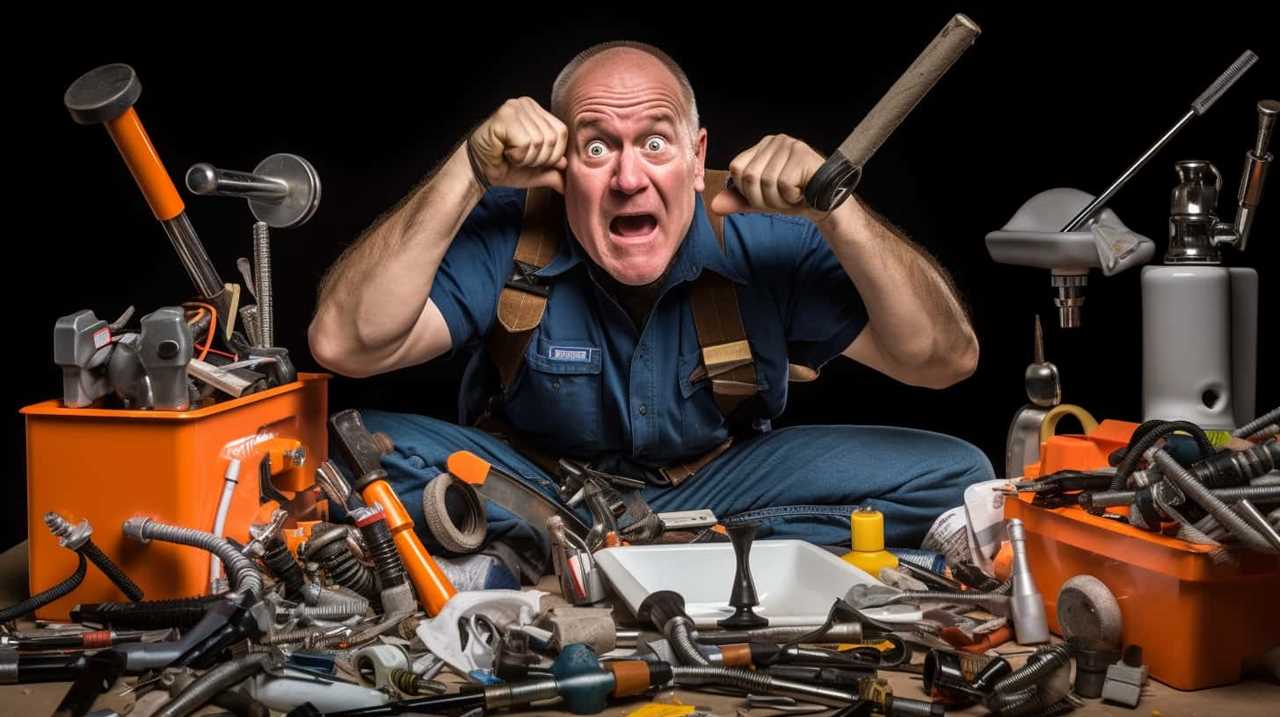
- Attach the appropriate attachment to the vacuum hose, such as a narrow nozzle or a toilet-specific attachment.
- Position the nozzle or attachment as close to the blockage as possible without touching it.
- Turn on the vacuum and slowly move the attachment back and forth to create suction and dislodge the blockage.
- Keep the vacuum running until the blockage is completely cleared.
Using a wet/dry vacuum as a vacuum cleaner alternative can be an effective method for unblocking boat toilets.
However, it’s important to be aware of the common causes of boat toilet blockages, such as excessive toilet paper usage, foreign objects, or the accumulation of waste in the pipes. By understanding these causes, boat owners can take preventative measures to avoid future blockages.
Remove and Clean the Toilet Trap
To properly address a persistent blockage in a boat toilet, we can now move on to the next step of removing and cleaning the toilet trap. This is an essential part of the process as it helps to eliminate any debris or buildup that may be causing the blockage.
Common causes of boat toilet blockages include:

- Accumulation of toilet paper or waste in the trap.
- Foreign objects, such as feminine hygiene products, being flushed down the toilet.
- Mineral deposits or scale buildup from hard water.
To maintain and prevent boat toilet blockages, it’s important to:
- Regularly clean the toilet trap to remove any potential blockage sources.
- Use marine-friendly toilet paper that’s designed to break down easily.
- Avoid flushing anything other than waste and toilet paper.
Check the Vent Pipe
Let’s start by checking the vent pipe to troubleshoot the problem.
The vent pipe is an essential part of the boat’s plumbing system, as it allows the release of sewer gases and provides proper ventilation for the toilet.
To check the vent pipe, first, locate it on the roof of the boat. Make sure it isn’t obstructed by any debris, such as leaves or bird nests.
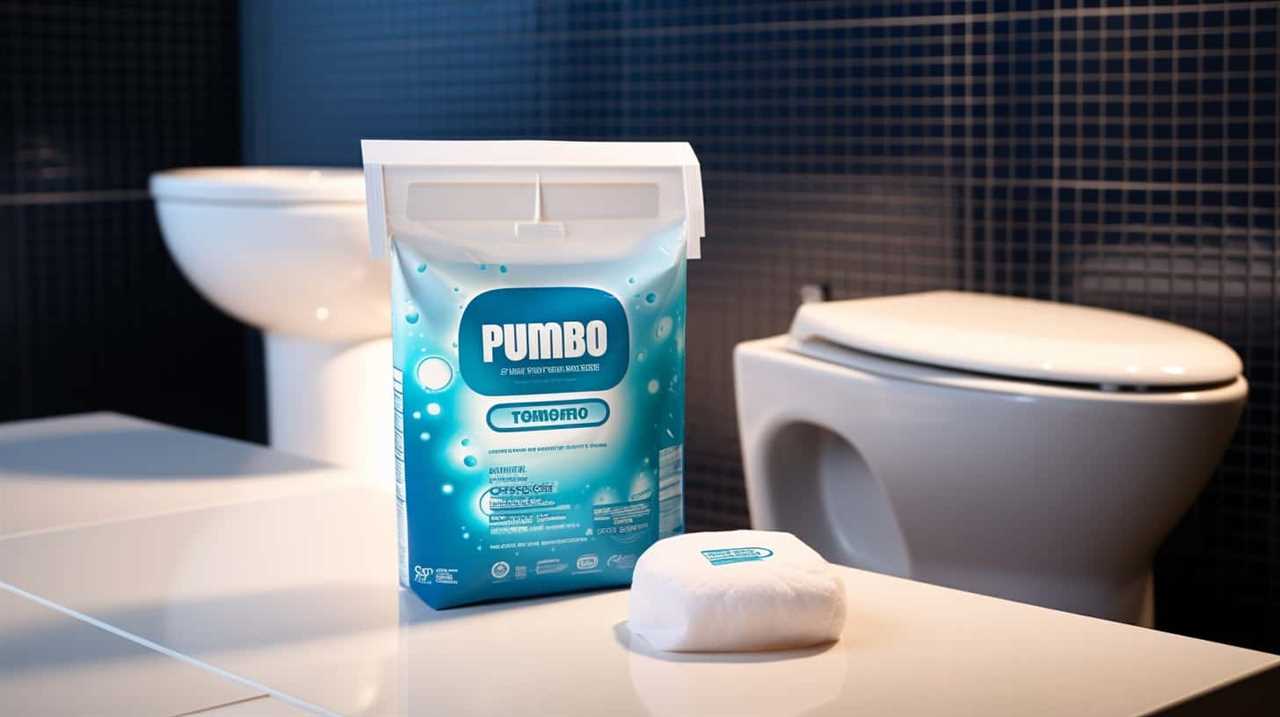
If there are obstructions, carefully remove them using a brush or a plumber’s snake.
Additionally, check for any signs of damage, such as cracks or disconnections. If you notice any issues, it’s crucial to repair or replace the vent pipe to ensure proper functioning of the boat toilet and prevent any future blockages.
Call a Professional if All Else Fails
If we’ve exhausted all other troubleshooting methods and the boat toilet remains blocked, it may be necessary to seek professional assistance. Calling a plumber who specializes in marine systems can provide the expertise needed to resolve the issue effectively. Here are some troubleshooting tips before making that call:
- Double-check that all valves and connections are properly secured and functioning.
- Ensure that the holding tank isn’t overfilled, as this can cause blockages.
- Use a plumbing snake or auger to attempt to dislodge any stubborn clogs.
Prevent Future Blockages
Our best method for preventing future blockages is regular maintenance.

By understanding the common causes of boat toilet blockages and following these tips for maintaining a clog-free boat toilet, you can ensure smooth sailing on your next trip.
Firstly, be mindful of what you flush down the toilet. Avoid disposing of items such as baby wipes, sanitary products, or excessive toilet paper, as they can easily cause blockages.
Additionally, regularly inspect and clean the toilet bowl, pipes, and valves to remove any buildup or debris. Consider using enzyme-based cleaners to break down waste and prevent odor.
Lastly, it’s crucial to regularly check the pump and macerator to ensure they’re functioning properly.

Frequently Asked Questions
How Do I Prevent Future Blockages in My Boat Toilet?
To prevent future blockages in our boat toilet, we can take several prevention measures. Regular maintenance, such as flushing with plenty of water and avoiding flushing non-biodegradable items, is key. Additionally, using marine-friendly toilet paper and treating the tank with enzyme-based cleaners can help maintain proper functioning.
Is It Safe to Use a Chemical Drain Cleaner in a Boat Toilet?
Using a chemical drain cleaner in a boat toilet may not be safe due to potential damage to the plumbing system. Instead, consider using a mixture of vinegar and baking soda, which can effectively unblock the toilet.
What Should I Do if Using a Plunger Does Not Unclog the Boat Toilet?
If the plunger fails to unclog the boat toilet, there are alternative methods to consider. Boat toilet maintenance requires diligent care. Consult a professional or try using a plumbing snake for stubborn blockages.
How Do I Check the Vent Pipe in a Boat Toilet?
To maintain a boat toilet, it is important to regularly check the vent pipe. This can be done by inspecting it for any blockages or damage. Proper maintenance of the vent pipe ensures proper functioning of the toilet system.
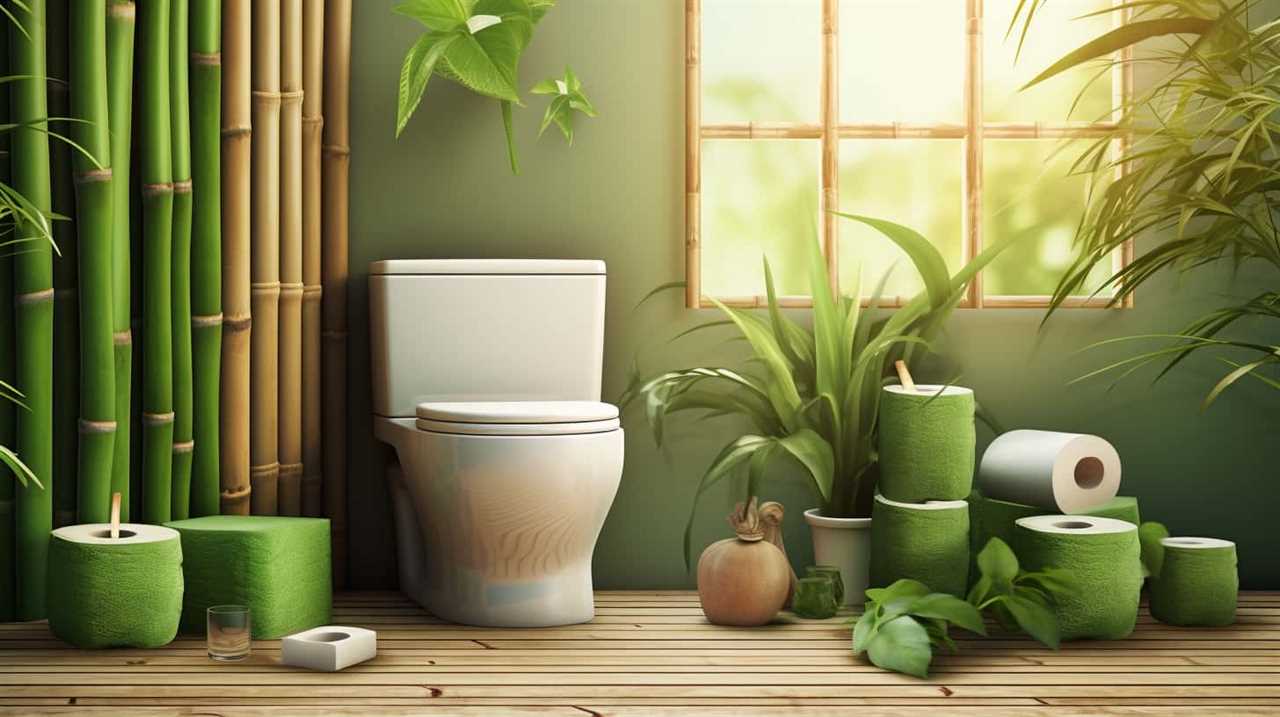
What Are Some Signs That I Should Call a Professional to Unblock My Boat Toilet?
If we notice signs of a blockage in our boat toilet, such as slow draining or unusual noises, we should consider calling a professional. Ignoring the issue could lead to more serious problems.
Conclusion
In conclusion, unblocking a boat toilet can be a messy and frustrating task. But fear not, with the right tools and techniques, you can conquer any clog!
From plungers to toilet augers, there are solutions for every blockage. Just remember to wear protective gloves and turn off the water supply before getting started.
And if all else fails, don’t hesitate to call in the professionals.
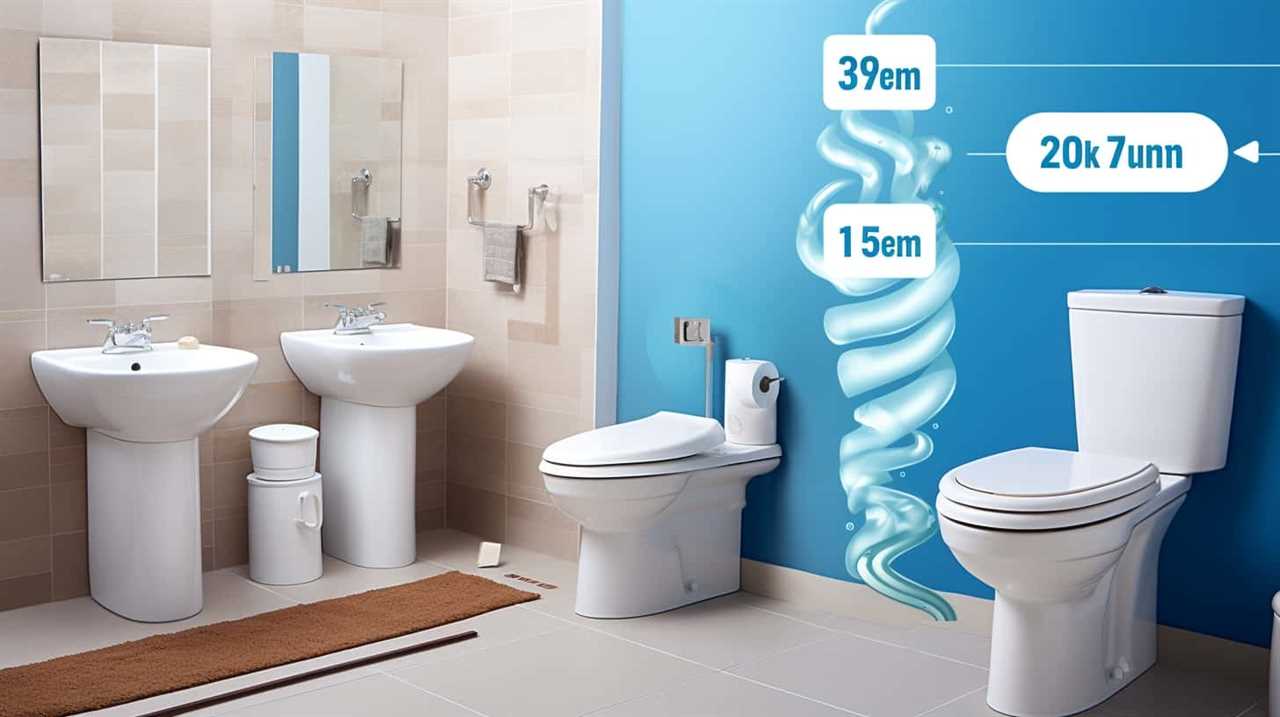
With these tips, you’ll be able to keep your boat toilet flowing smoothly and prevent future blockages. Happy unclogging!





